Test: Production and Costs- Match Based Type Questions - Commerce MCQ
15 Questions MCQ Test Economics Class 11 - Test: Production and Costs- Match Based Type Questions
Identify the correct pair of items from the following Columns I and II:
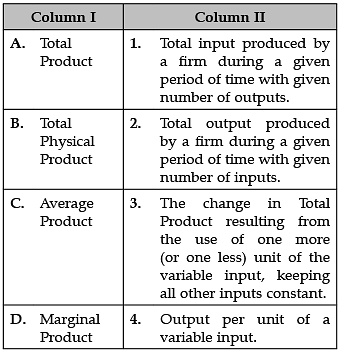

Identify the correct pair of terms and definitions from the following Columns I and II:
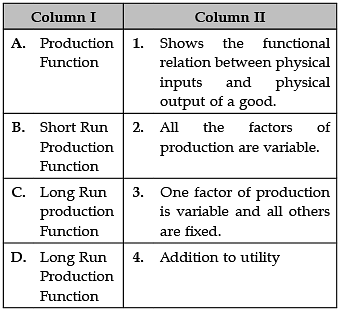

| 1 Crore+ students have signed up on EduRev. Have you? Download the App |
Identify the correct pair of from the following Columns I and II:
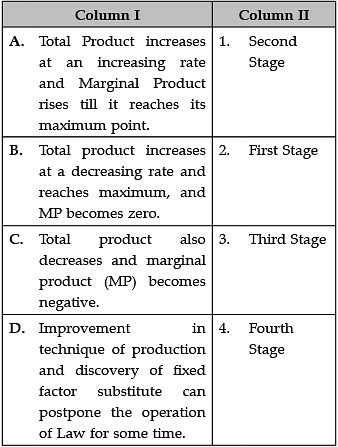

Identify the correct pair of items from the following Columns I and II:
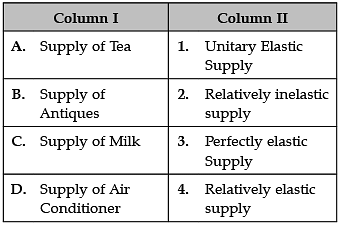
Identify the correct pair of items from the following Columns I and II:
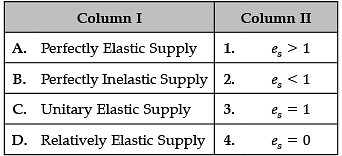
Identify the correct pair of items from the following Columns I and II:
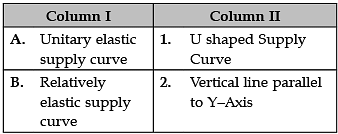

Identify the correct pair of items from the following Columns I and II:
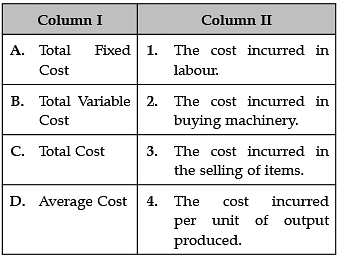
Identify the correct pair of items from the following Columns I and II:
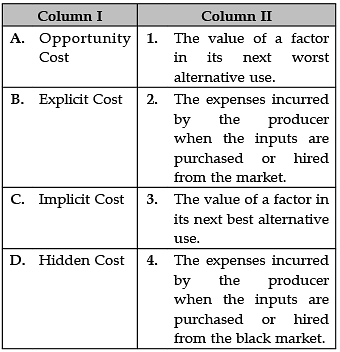
Identify the correct pair of items from the following Columns I and II:

Identify the correct pair of items from the following Columns I and II:
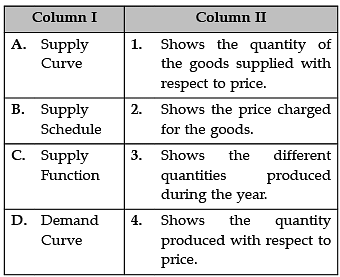
Identify the correct pair of items from the following Columns I and II:
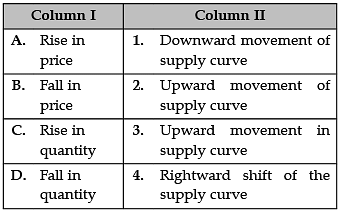
Identify the correct pair of items from the following Columns I and II:


Identify the correctly matched items from Column I to that of Column II:
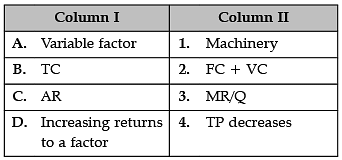
Identify the correctly matched items from Column I to that of Column II:
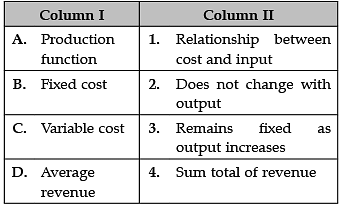
Identify the correctly matched statements from Column I to that of Column II:
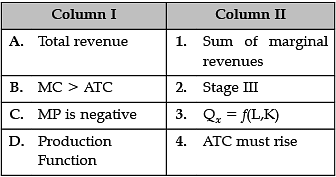
|
58 videos|215 docs|44 tests
|

















